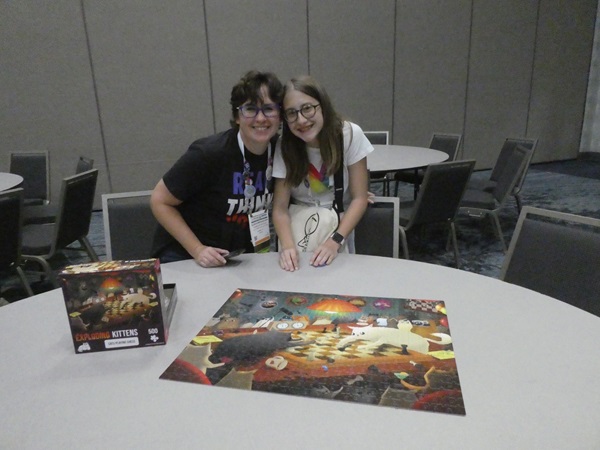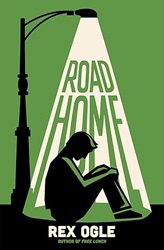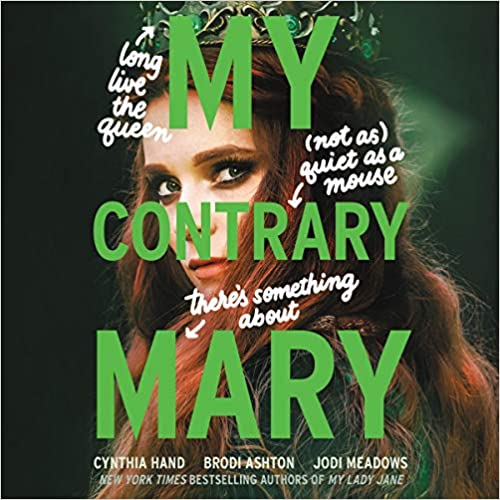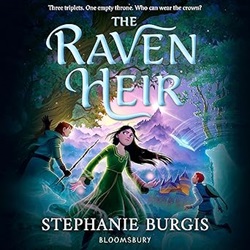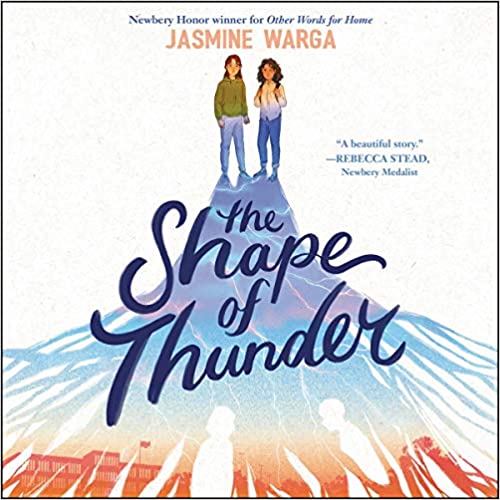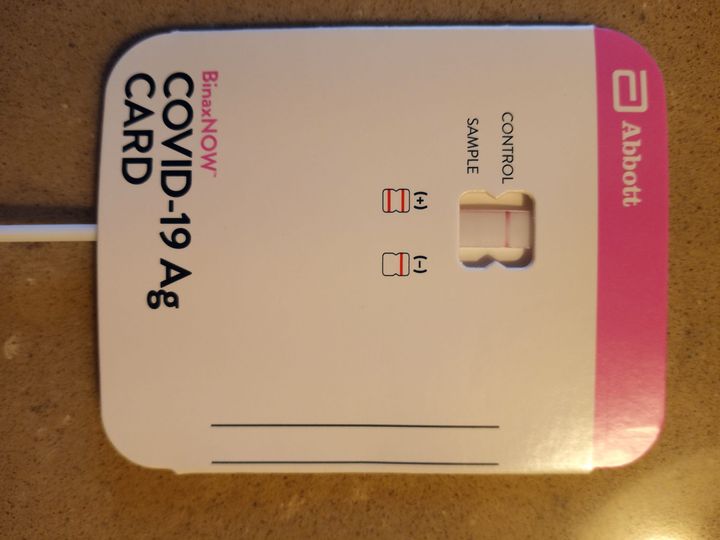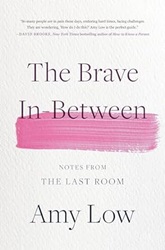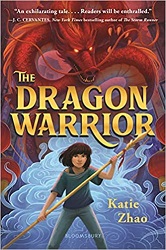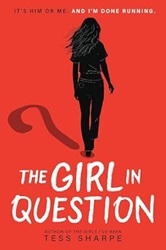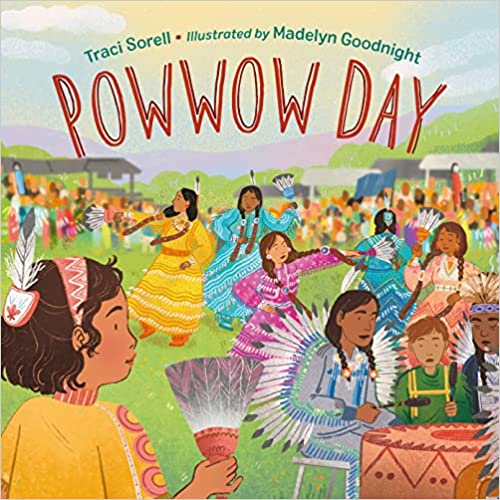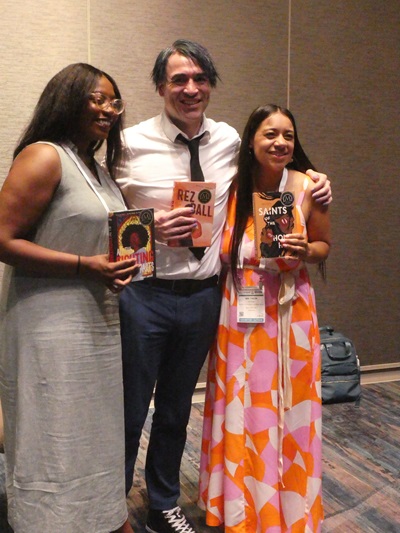
Here’s my post about ALA Annual Conference Opening, The Printz Awards, and Day 2.
June 30, 2024, was the Sunday of ALA Annual Conference in San Diego this year, and it was time to meet our Morris Award Winner and Finalists! Well, those who made it, anyway. Pictured above are winner Byron Graves in the center, with Hannah V. Sawyerr and Ari Tyson beside him.
I can’t begin to tell you how lovely it was to celebrate our winning authors. The William Morris Award is for the best young adult debut book of the year, and as a committee we read hundreds, discussed them, and came to a strong consensus about our Finalists. It’s especially wonderful to get to encourage these stellar writers at the beginning of their careers.
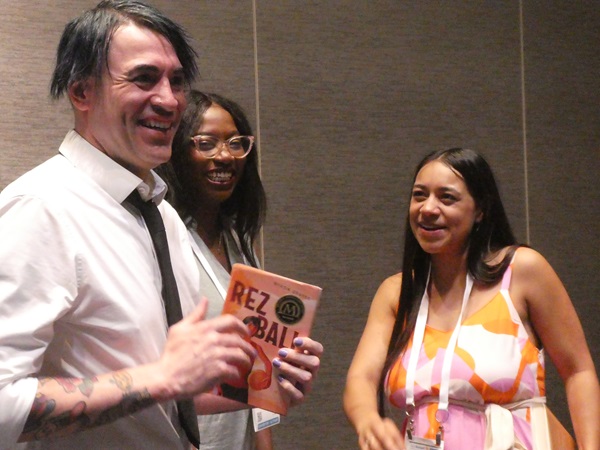
So the first event of the day was the YALSA Awards. We got to hang out with the authors in the green room beforehand, and then celebrate the winners with other YA book enthusiasts.
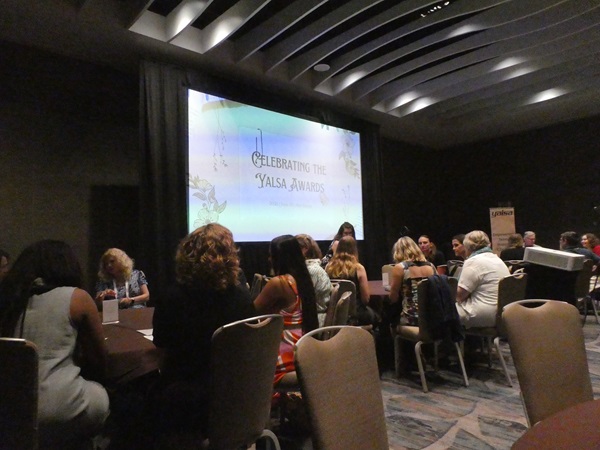
My pictures from a distance came out blurry in the fairly dark room, but let me give some good lines from the various winners.
First up was our winner, Byron Graves, for Rez Ball. (*Such* a good book! Read it, everybody!)
He said that he wrote the book so that a 16-year-old Ojibwe kid like he had been could now see himself in a book. He also gave credit to his mother, who “crafted and freestyled” bedtime stories.
The next award was the YALSA Excellence in Nonfiction Award, won by Dashka Slater, for Accountable: The True Story of a Racist Social Media Account and the Teenagers Whose Lives It Changed.
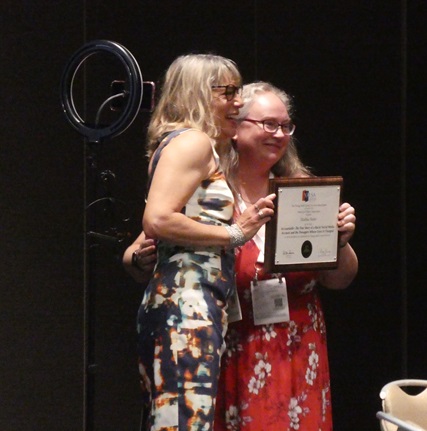
Her book started in the signing line for The 57 Bus, when someone asked her if she’d heard about this incident. And though she very much wanted to write about sweetness and light this time, the story wouldn’t let her go. She wanted to understand what had happened and why, and she very much wishes it had become irrelevant.
Almost all the high schools she’s visited had incidents of online hate – disguised as humor. Kids are having conversations about it. She doesn’t write for teens because she has answers, but because she has questions.
After the Alex Awards were announced (no authors were there), it was time for the Margaret Edwards Award Winner to speak. This award is given for lifetime achievement and was given to Neal Shusterman.
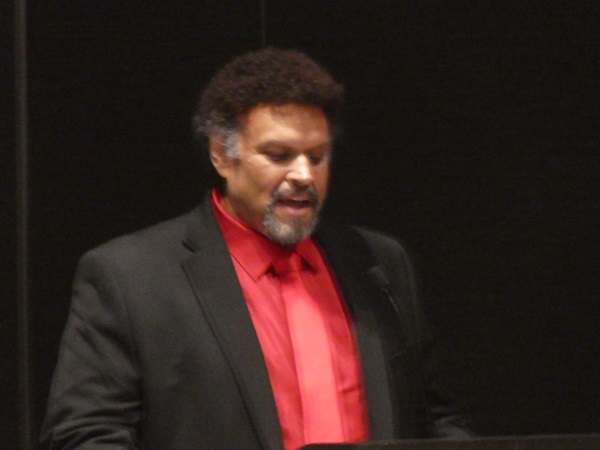
His speech made our jaws drop.
It started innocuously enough. His father wouldn’t read his books because they’re fiction. But he maintains that Fiction is the single most important thing we have.
At 18, he bought the Writer’s Market. He sent 20 copies of his first book to 20 publishers, and they were all rejected.
“Writers today are losing the benefit of soul-crushing rejection. We need to be reminded we haven’t arrived.”
His second book got him an agent, Andrea Brown. She couldn’t sell it. His third book sold when he was 23. “This author is gifted and in serious need of therapy.”
The goalpost has to keep moving. He wrote the Scythe trilogy to disrupt teen dystopia, to show a future when mankind really was getting things right. He came up with Scythe at the end of 2012, after his Mom had a stroke. Dying in the hands of people you love is not the worst way to go.
Then he began talking about Identity. Our identity comes from our people, or it’s forced on us by society or it’s something we choose. It defines who we are, who we love and hate, our whole world. And identity is a fiction.
Isn’t it wild that fiction defines our lives? Take great care in the stories you tell yourself and others.
Then he told the jaw-dropping story about his own identity. He grew up believing he took after a grandfather who was a Sepphardic Jew. But ten years after his parents had died, his son did an Ancestry DNA test – with surprising results that motivated research – and he learned that he was half Black and half Scotch-Irish. So that gave him lots of thoughts about identity.
People tell writers to stay in their lane, and his lanes go every which way now.
There are three kinds of diversity:
We need all kids to see themselves.
We need all writers to be able to speak.
We need all to be able to put themselves in other people’s shoes.
We are all human beings. Every story is our story to tell. He’s chosen a narrative where this is additive in his life.
After the awards celebration, we Morris Committee members who were there got to have lunch with Byron and Hannah! It was a wonderful time. They signed books for us, and we signed one book for each of them. *smile*

After lunch, we walked back to the convention center. I just barely had time to make it to a program I’d been eyeing: Welcome to the Puzzledome! It was a sample program to show how to run a jigsaw puzzle competition! This is something I’ve long wanted to try. I was late, but got there before they started, and joined up with these two from a base library in Japan. Our team came in second place, finishing the 500-piece puzzle in One hour, five minutes. The winning team did it in 58 minutes, but they had four people, so we were quite pleased with ourselves.
